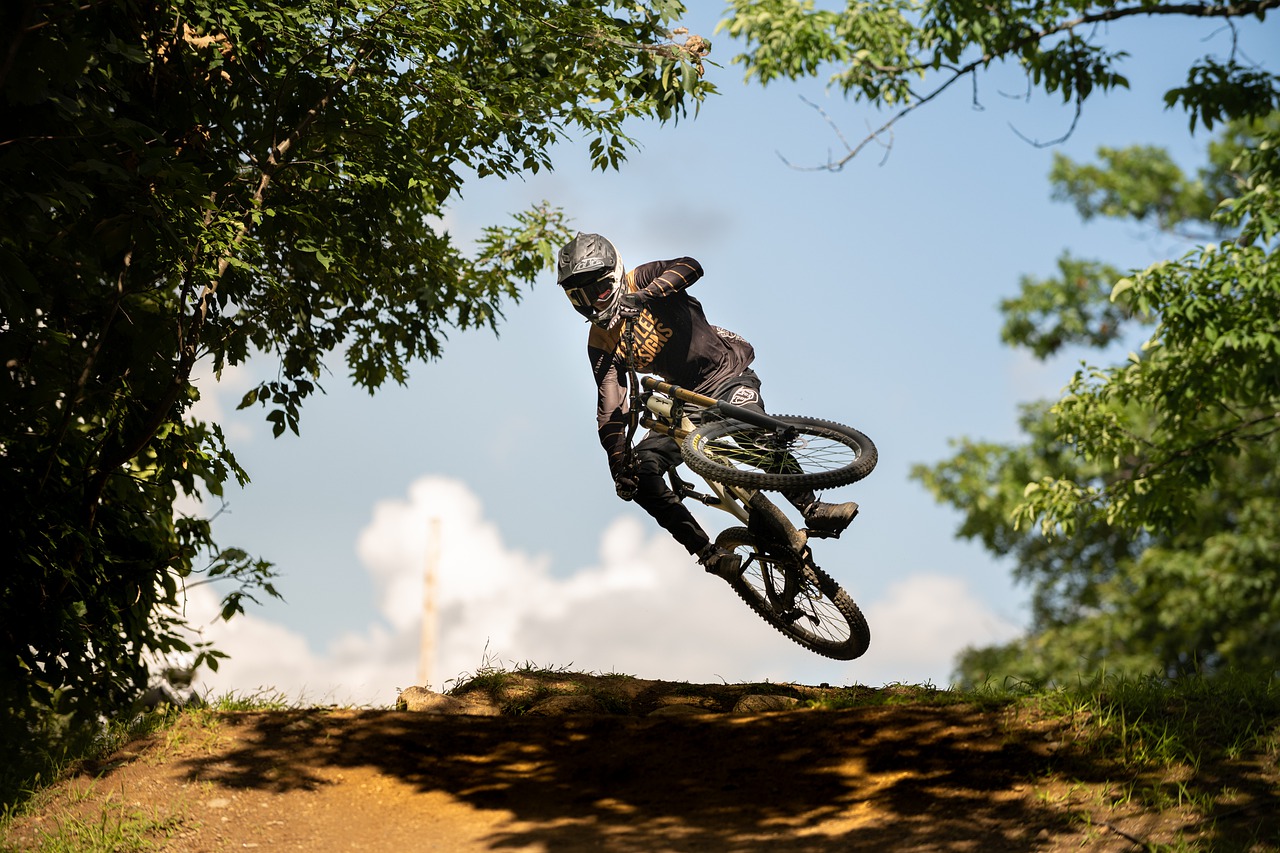As you downhill cycle, try not to let your center of gravity stray from the bracket. Try to keep your mind focused on what’s ahead and try to anticipate what you may encounter on the course. Most of all, enjoy the experience! If you’ve ever tried downhill cycling, please share your tips with us. You can also use this article as a guide. We hope you’ll find it helpful. Just keep in mind that your safety is your top priority!
Lean less and steer a bit more in the corners
When preparing for a corner, cyclists push down on the outside pedal and lean their bike into the turn. Faster turns require more lean. Lower body angulates into the corner, while upper body stays upright. After exiting the turn, they gently straighten their bike. The same goes for steering. This simple technique will improve your cornering skills in no time.
Avoid hard leans
Among the most important things to remember when downhill cycling is to avoid hard leans. Many downhill cyclists make the mistake of leaning too hard into a curve, and this can result in accidents. In order to avoid hard leans, the rider should enter a curve with a wider radius than the turn. This will help the bike get more traction and minimize the risk of an accident.
Avoid hard brakes
When descending, use neutral brakes. You can do this by keeping the pedals between the three and nine o’clock position. It’s important to look ahead of you, which will help you anticipate changes in the road surface, direction, and other drivers. If you do this too much, you’ll end up dragging your brakes, which will cause your tyre to blow out. Also, you’ll risk hitting other cyclists and damaging your bike. Read more at everyonebenefit.com
Avoid acromioclavicular injuries
The AC joint, also known as the acromioclavicular joint, is a complex connection between the shoulder blade and the collarbone. An injury to the AC joint can affect any rider, but it is most common in downhill cyclists. The AC joint is attached to the shoulder blade by a thin tendon called the acromion. If an AC joint injury is caused by a crash or impact with another cyclist, or an element, such as a rock, acromioclavicular separation can occur.
Maintain a bend in your arms and legs
You will be less likely to suffer injuries if you maintain a bend in your arms and legs while downhill cycling. While straight limbs may appear a bit awkward, they will keep your body in a good, balanced position while you ride. The best way to maintain a bend in your arms and legs while downhill cycling is to look ahead, not down at the road. Looking down will cause your body to tense up, which will reduce your control and cause discomfort. Make sure to relax your muscles by shaking them or shrugging shoulders. You can also relax by looking upwards, touching your toes or reaching your arms and legs. Breathe deeply to calm yourself.

